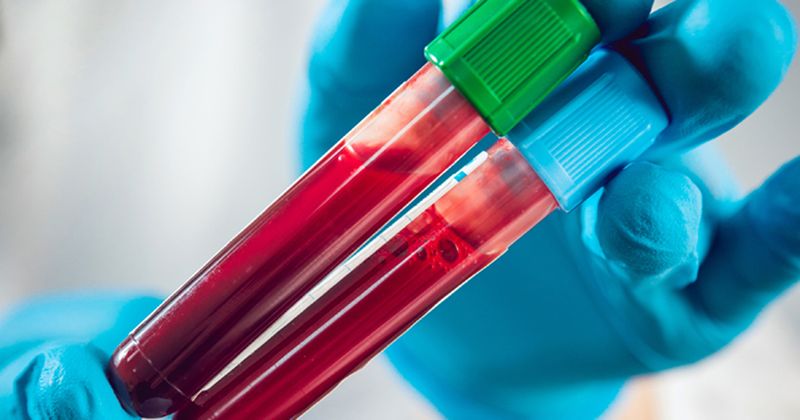Peripheral apoptotic lymphocytes may predict disease activity in juvenile-onset lupus
Key takeaways:
- Patients with juvenile-onset lupus had significantly higher levels of apoptotic lymphocytes in peripheral blood.
- Apoptotic lymphocyte levels were positively associated with disease activity.
Apoptotic lymphocytes in peripheral blood may be a meaningful factor in the prognosis of juvenile-onset systemic lupus erythematosus, as well as a predictor of disease activity, according to data published in Pediatric Rheumatology.
“Among the intricate facets of [juvenile-onset SLE] pathophysiology, dysregulated lymphocyte apoptosis has emerged as a compelling central mechanism in recent years,” Eman Eissa, MD, of the Human Genetics and Genome Research Institute, at the National Research Center, in Cairo, Egypt, and colleagues wrote. “... Unfortunately, the current understanding of immunopathological mechanisms and treatment protocols for [juvenile-onset SLE (jSLE)] is primarily derived from studies conducted on [adult SLE (aSLE)] patients.”

To examine the role of peripheral blood lymphocyte apoptosis in juvenile-onset SLE, Eissa and colleagues conducted a study 100 patients with the disease — with a mean age of 25 years and a median disease duration of 140 months — as well as 50 healthy participants. All participants were recruited from a Cairo University outpatient clinic between April 2022 and December 2022.
The researchers measured lymphocyte apoptosis from participants’ peripheral blood, and measured plasma levels of inflammatory cytokines via ELISA test. Disease activity at each patient’s last visit was measured using the SLE Disease Activity Index-2K (SLEDAI-2K).
According to the researchers, patients with juvenile-onset SLE showed significantly higher percentages of lymphocyte apoptosis in their peripheral blood, as well as significantly higher plasma levels of cytokines interleukin-17, IFN-y and TNF-a, compared with healthy controls (P < .001 for both). In addition, lymphocyte apoptosis percentages were significantly, positively correlated with disease activity, according to SLEDAI-2K score (P < .001). Percentages were also significantly higher among patients with active disease vs. inactive disease, as determined by SLEDAI-2K score.
“To the best of our knowledge, this is the first in vivo case control study that investigated the role of [apoptotic lymphocytes (AL)] in jSLE in practical means that provide age-specific relevance for its prognostic performance, in terms of evaluating its significance in differentiating active from inactive disease and, furthermore, correlating with other inflammatory cytokines, which showed evidence that can prove theory implicating defective macrophage clearance in immunopathogenesis,” Eissa and colleagues wrote.
“Further studies are needed to elucidate the sequence of events revealed in the results regarding the interplay between AL and inflammatory cytokines,” they added. “These studies should determine whether AL is a consequence of systemic inflammation or if it acts as the driving force behind such events, possibly influenced by other serum factors. Identifying the trigger for these events should be the focus of future research aimed at exploring potential therapeutic solutions.”

